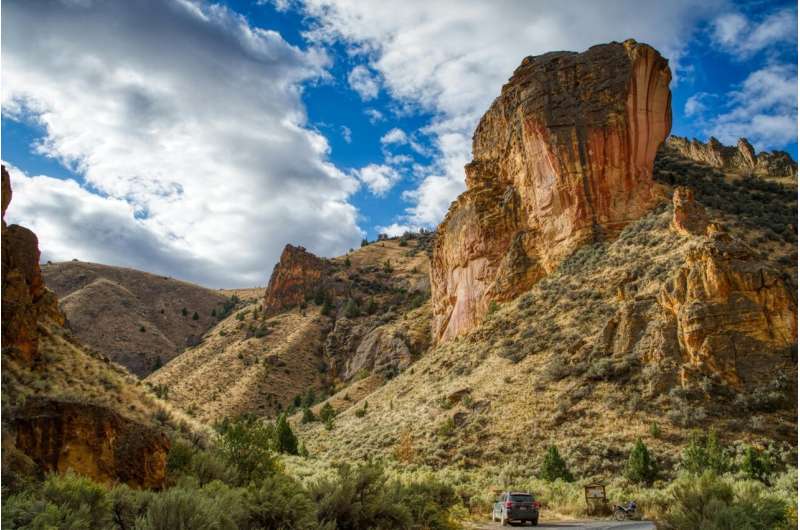Credit: Kevin Bidwell from Pexels
Just southwest of Boise lies one of the last vast swaths of solitude in the United States.
The Owyhee Canyonlands, with stunning red gulches, winding rivers and a moon-like landscape where a volcano with a caldera once 600 times larger than Mount St. Helens erupted, stands as the largest unprotected wilderness area in the American West.
Locals might have once seen the Owyhees as the area’s best-kept secret: national park-quality wilderness without the tourists.
Advocates say those days are gone. The secret is out, they say, and the repercussions of not enacting federal protections could be irreversible—to the point that even those most skeptical of government regulation agree that the Owyhees are facing unprecedented change.
The number of people visiting the Owyhees has grown along with the Treasure Valley’s population. The Lower Owyhee Canyon and Lake Owyhee have seen an average of 250,000 visitors per year for the past seven years, according to the nonprofit group Friends of the Owyhee. A viral social media video of Leslie Gulch garnered more than 21 million views and attracted international travelers.
Advocates say that influx—along with a complicated mix of unregulated recreation, invasive species, wildfires and mining claims—could irrevocably damage the pristine beauty of the 7 million-acre wilderness. The edge of the Owyhees is located about 60 miles southwest of Boise and extends past the Nevada-Oregon state line. Just 5% of that public land, most of which falls under the Bureau of Land Management, is permanently protected. Stakeholders want that to change.
2024-05-26 14:51:02
Link from phys.org
